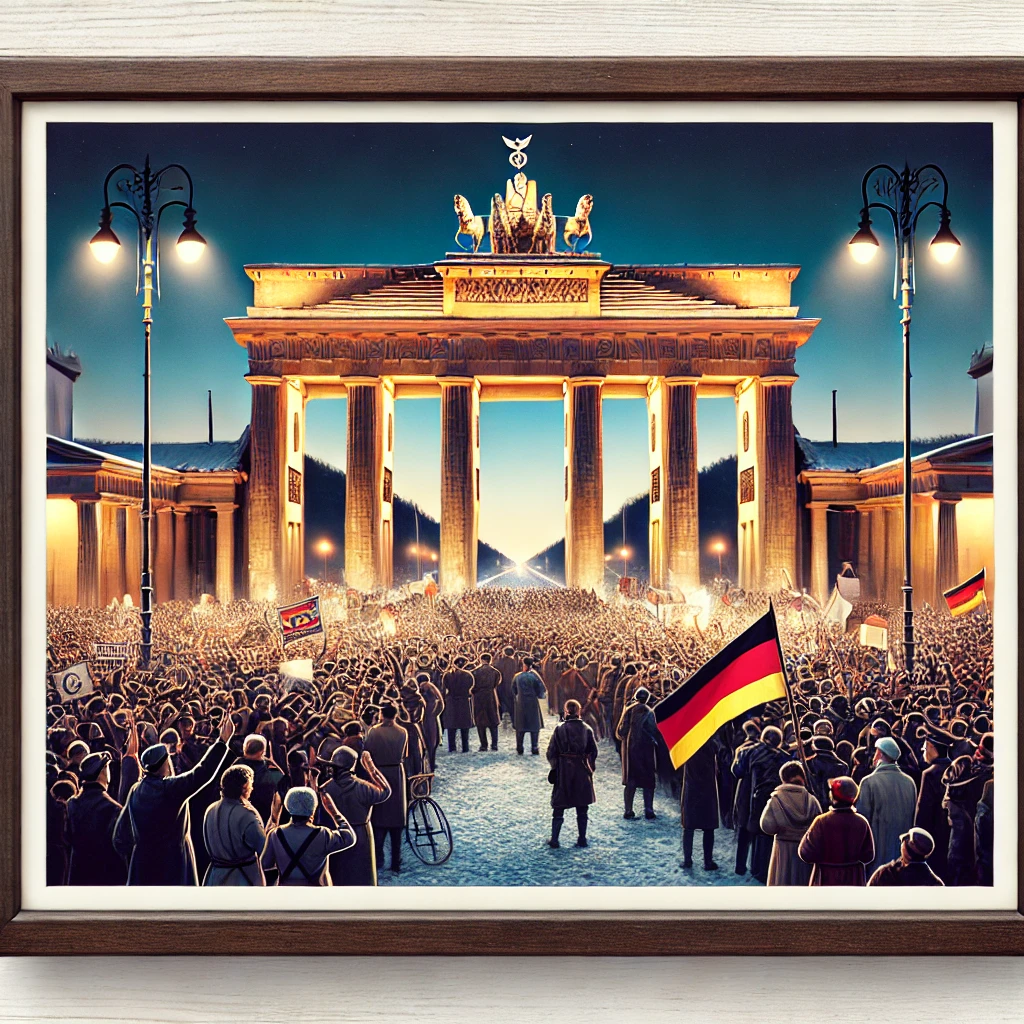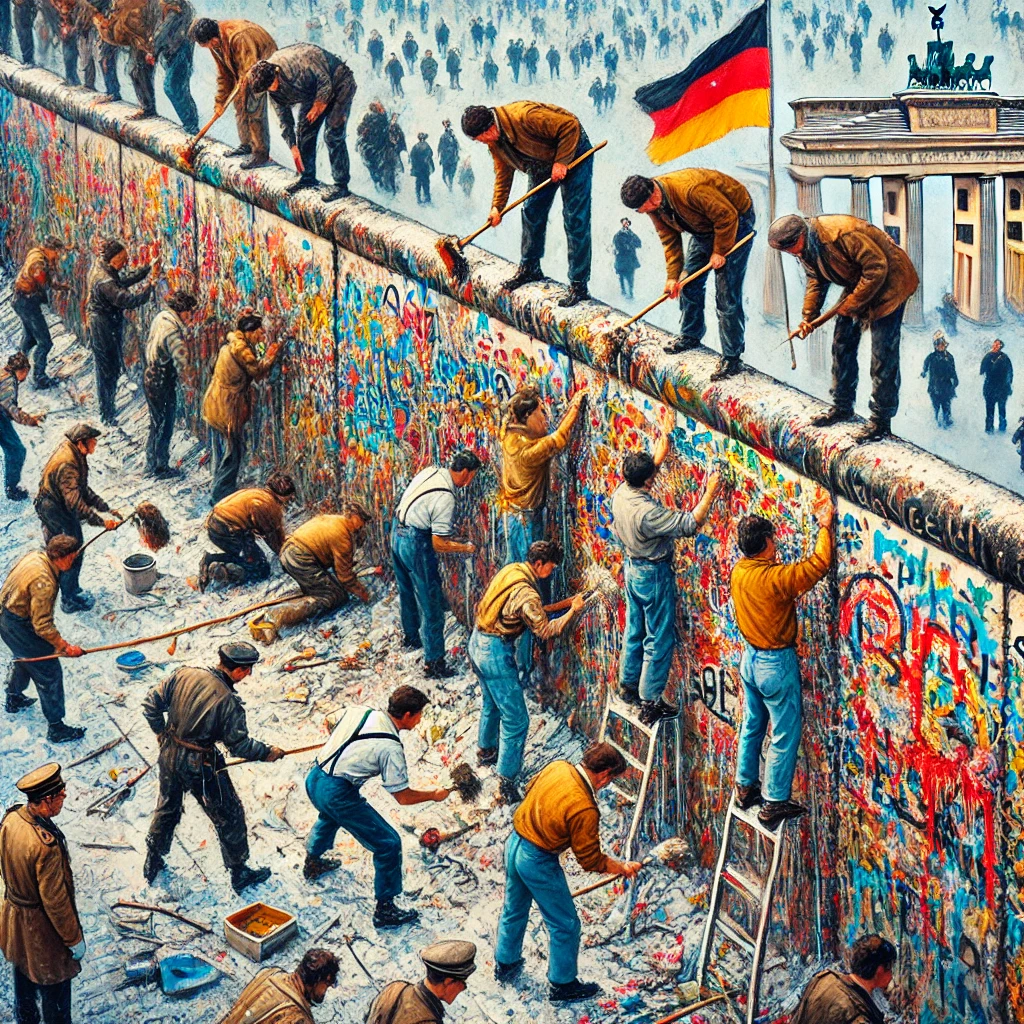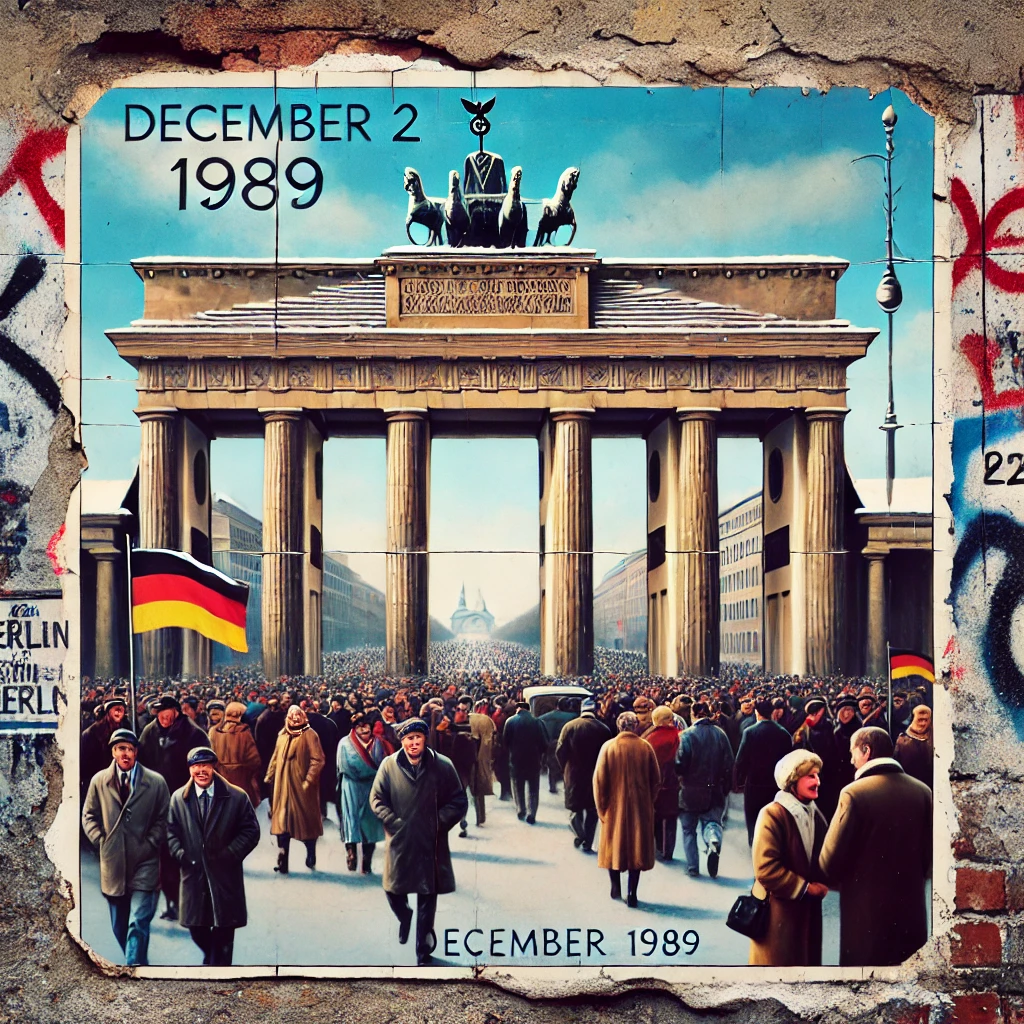A symbolic moment in history occurred on December 22, 1989, when the Brandenburg Gate in Berlin, a powerful symbol of the division between East and West, reopened as the Berlin Wall fell, marking the end of the Cold War era. This historic event captured the world’s attention, signifying a new chapter of unity, freedom, and hope for Germany and the world.

The Significance of the Brandenburg Gate
Constructed in the late 18th century, the Brandenburg Gate originally symbolized peace and triumph. Designed by architect Carl Gotthard Langhans, it stood as an iconic entryway to Berlin and a proud representation of German heritage. However, its meaning shifted dramatically in the mid-20th century when it became a physical and ideological barrier between East and West Berlin during the Cold War. Positioned directly next to the Berlin Wall, the gate stood in a no-man’s-land, inaccessible to both sides and epitomizing the division between democratic West Germany and communist East Germany.
For decades, the gate was a poignant reminder of Germany’s fractured identity and the broader struggle between two global superpowers. It was often depicted in photographs and broadcasts as a symbol of separation, reinforcing the idea that freedom and unity were distant dreams for the people living on either side of the wall.
The Reopening: A Moment of Liberation

The events leading up to December 22, 1989, were a cascade of monumental changes across Eastern Europe. The peaceful revolutions in East Germany, Poland, Czechoslovakia, and other nations led to the rapid erosion of communist regimes. On November 9, 1989, the Berlin Wall was breached, and East and West Berliners celebrated their newfound freedom as they tore down sections of the wall.
The reopening of the Brandenburg Gate symbolized a more formal acknowledgment of this transformation. Thousands gathered on that chilly December day as German Chancellor Helmut Kohl and East German Prime Minister Hans Modrow ceremoniously opened the gate. The atmosphere was electric, filled with cheers, tears, and the shared sense of history being made. The gate, once a barrier, became a bridge that reunited families, friends, and a nation.
Lasting Impact and Legacy

The reopening of the Brandenburg Gate remains one of the most enduring images of the Cold War’s conclusion. It signified not just the physical reunification of Berlin and Germany but also the collapse of oppressive ideologies that had divided Europe for decades. The event paved the way for Germany’s official reunification on October 3, 1990, and solidified its role as a cornerstone of a more integrated and peaceful Europe.
Today, the Brandenburg Gate stands as a global symbol of unity and resilience. It has become a site for celebrations, protests, and remembrance, reflecting its evolution from a symbol of division to one of hope. Tourists from around the world visit the gate, marveling at its beauty and the profound historical significance it embodies.
The events of December 22, 1989, serve as a reminder of the power of peaceful change and the enduring human desire for freedom. The Brandenburg Gate’s reopening not only transformed Germany but also inspired movements for democracy and unity around the world. Decades later, it continues to remind us of the importance of breaking down walls—both literal and metaphorical—that divide humanity.
